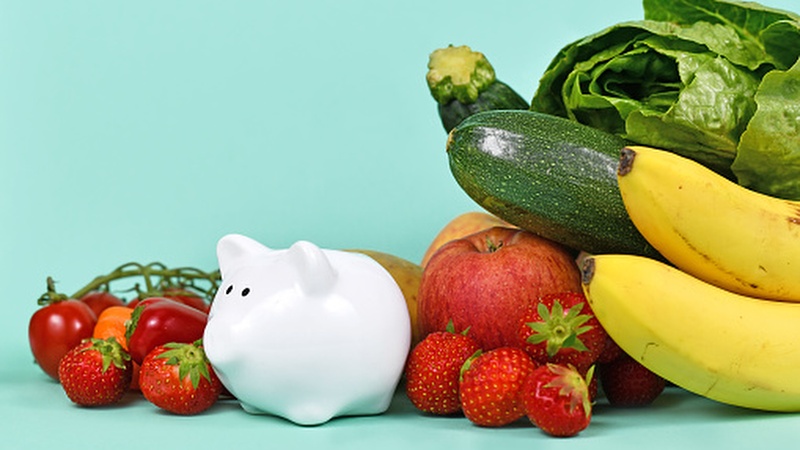
The demand for health, nutrition and deliciousness in food and beverage products has been on trend in APAC for several years now, especially after the COVID-19 pandemic hit, but in the more recent past the added element of affordability has also gained significant traction amidst rising economic and inflationary challenges.
“What this means is that food and beverage firms now have to cater to even more consumer expectations than before, and especially here in APAC we are seeing the rise of what is called the ‘and’ consumer,” Ingredion VP and General Manager ASEAN Ray Deidrick told FoodNavigator-Asia at the recent Fi Asia 2023 show in Bangkok, Thailand.
“This basically means consumers looking for products that are Healthy AND Tasty AND affordable, which calls for the manufacturers to need to invest in wider ingredient portfolios in order to combine formulations and create more ‘ands’ for them.
“The expectations differ across different consumer groups and in different product categories – consumers don’t always expect nutrition in every single item, but the ‘ands’ are what can really differentiate premium from mass market products.”
This is in tandem with the rapid rise of categories such as ready-to-eat (RTE) products in the region, which have the potential to integrate more ‘and’ elements into these, such as convenience and quality.
“RTE meals in particular have seen a fair bit of popularity here due to the convenience element in recent years after the pandemic, but at the same time consumers also want to feel that they are able to eat ‘real food’,” he added.
“So in addition to everything else, there is a need to elevate their experience with these RTE products to give them that feeling of eating out despite, by improving areas such as the quality and presentation, and not only focusing on the convenience element.”
The firm sees enormous growth potential for the dairy category in APAC due to the rapid rise in popularity these products have seen over the past decade.
“The ASEAN market especially is seeing huge growth – Indonesia is a good example, where dairy was barely ever mentioned previously but is not growing very rapidly,” Ingredion Sales and Technical Service Senior Director ASEAN Rohit Tipnis told us.
“Another big market now is Vietnam, where 15 years back dairy was not a popular food or beverage item, but is now very strongly backed by the government after noticing that children were not growing as tall as expected – and dairy is now increasingly being served in various school programmes.
“Alongside that, the wider market has picked up immensely and growth has been phenomenal, starting to emulate the more mature dairy markets as well.”
Deidrick added that dairy also has major potential for further growth when it comes to functionality and fortification, as there are still gaps that can be addressed here.
“Fortified milks are one area for example that are growing rapidly, and even cheeses are getting more popular, so we do see that there is still a lot of space to grow” he said.
“We are seeing more and more dairy category innovations such as taking conventional cheese and adding traditional ingredients to get more localised flavours or creating unique textures.”
Addressing market challenges
When discussing market outlook, the firm also highlighted that there are various supply chain challenges that need to be considered.
“There is undoubtedly huge space to grow in APAC, and we have already made major expansions here such as in China and India, and in crops such as tapioca and rice,” said Deidrick.
“That said, there are some supply chain challenges that are looming in Thailand for example, with varying weather and rainfall, so we need to keep that in mind in addition to the inflationary pressures.
“As such, for the next 12 months, we don’t expect a huge jump in growth due to the pressure on consumers right now, but we will continue to innovate and invest into sustainable growth, such as with our first solar farm in Thailand.”
